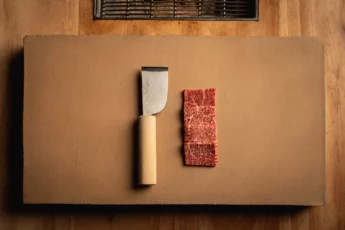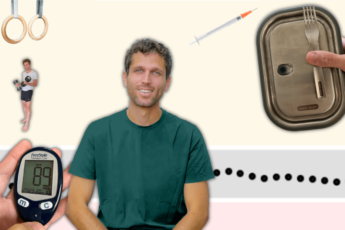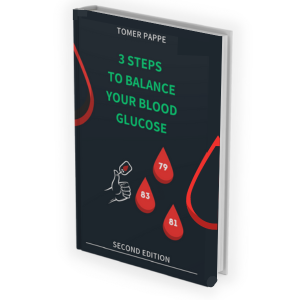
Traveling on a Low Carb, Ketogenic or carnivore diet
In this article, I will try to answer recurring questions regarding trips, and I will detail how personally I succeed during a long vacation or during a short trip to follow the ways of eating which I am used to in my everyday life.
My diet is not necessarily defined as a ketogenic diet and the term “ketogenic diet” may be misleading in my opinion. A more detailed explanation can be found in the article- balance diabetes – about a ketogenic diet, carbohydrate restriction and sugar balance.
Nowadays, wherever we travel we usually have access to meat, eggs, cheeses, vegetables and fruits. In special cases such as going on an isolated trek of several days, we will have to prepare in advance and pack the food in a tools such as a cooler bag suitable for carrying on our back. During vacations in Europe, the United States, Australia, South America, to the East and wherever we stay at a reasonable distance from a large city we will almost always find access to butchers, delicatessens and fruit or vegetable stores. Of course, when it comes to a rural vacation away from the big city, we will have easier access to the farmers, but nowadays most of us tend to travel to big cities or within a reasonable radius around the big cities. In the current era, processed and industrialized food has reached every possible place on the planet. A trip where we maintain a diet based on animal products, also called a ketogenic diet, will require us to plan a little in advance, unlike a trip where most meals are based on the relatively more accessible ‘Standard American Diet’. Based on latest science available today, that diet which prevalent in the West is among the main factors that led us to the high rates metabolic diseases we see today.
Table of contents:
General principles for maintaining a ketogenic diet while traveling
During a trip where we are far from our comfort zone it is recommended to make sure to choose foods which is most familiar to our foods from back home, doesn’t matter where we go.
I usually stock up on foods that I can carry anywhere. For example, when I’m in Europe, I buy home-made roast beef from the local butchers- it lasts quite a while without being spoiled and I eat it “on the road” right from the box.
Another hack I got is I’m buying a piece of fresh beef cut into small cubes or thinly sliced from the local butcher. I buy parmesan, lemon and salt from the deli. I add the parmesan to the meat, season it with a little lemon and salt and the result is a carpaccio or tartare that can be eaten at any time during the trip!
The equipment I need for this includes: a suitable bag that maintains temperature, a vacuum box to store the sliced roast beef or the cut meat I purchased and a fork. This is how I travel for couple days in which for each day I prepare in advance the amount of food that will satisfy me. Thus, during the trip I successfully maintain a low-carb diet that keeps my blood sugar balanced around the clock (not necessarily a “ketogenic diet”). I believe this is the best way to go on a trip without worrying about food.
In Restaurants and cafes
If we are used to eating meat and eggs as the basis of our meals, naturally we should stick to meat or egg-based dishes on the menu. It is better to avoid dishes that include unidentified ingredients or dishes that contain sauces that are unfamiliar to us. I usually eat until the point where I feel full, and I ask to pack the food in case I did not finish it all, in that way, it can be used for the rest of my meals of the day or for the next day, and I make sure to keep it in the cooler bag.
The photos in this article were taken on my trip to Germany. In every restaurant or cafe I went to, I tried to order dishes with few ingredients and go mainly for dishes consisting mostly of meat and eggs. I avoided dishes that drenched in sauce that I can’t always tell what the sauce contains, and I chose dishes with minimal seasoning. It is true that when traveling to Europe, dishes of this type are much more accessible, but I can say that even in Southeast Asia I have always found simple and tasty dishes based on meat, eggs, fish and seafood.
Before traveling
I usually prepare in advance all the tools I will use during the days of the trip. For the day of the flight for example, I pack meals in boxes (preferably not in a plastic box) and these are the tools I will use during the entire trip. It is advisable to do researches in advance on Google to locate local butchers, meat restaurants or fish restaurants. These places are usually the “anchors” for the trip, even before the flight and thus I fly with a calmer mind.
Ketogenic diet and body synchronization during the trip
Before we start traveling in the destination, it is important to keep the body in sync with the day in the same manner that the body is in sync with the day rom back home. This synchronization will help our body function at an optimal level during the trip.
If there is a time zone difference between home and destination, we will ideally want to get a full night’s sleep on our first night of the trip. A good night’s sleep on the first night of the trip will signal our body and the rest of every system in it to biologically synchronize according to local time.
The attached photos were taken during my trip to Germany – in the main photo at the top of the article I documented my lunch box containing the food I buy. That box is an integral part of every trip I go to.
Most of the dishes I took in the other photos consist of only a few ingredients and mainly meat, eggs, and cheeses. The dishes taken in these photos are suitable for a diet based mainly on animal products or a ketogenic diet. Some pictures were taken at breakfast in a cafe, and some were taken at the restaurant.
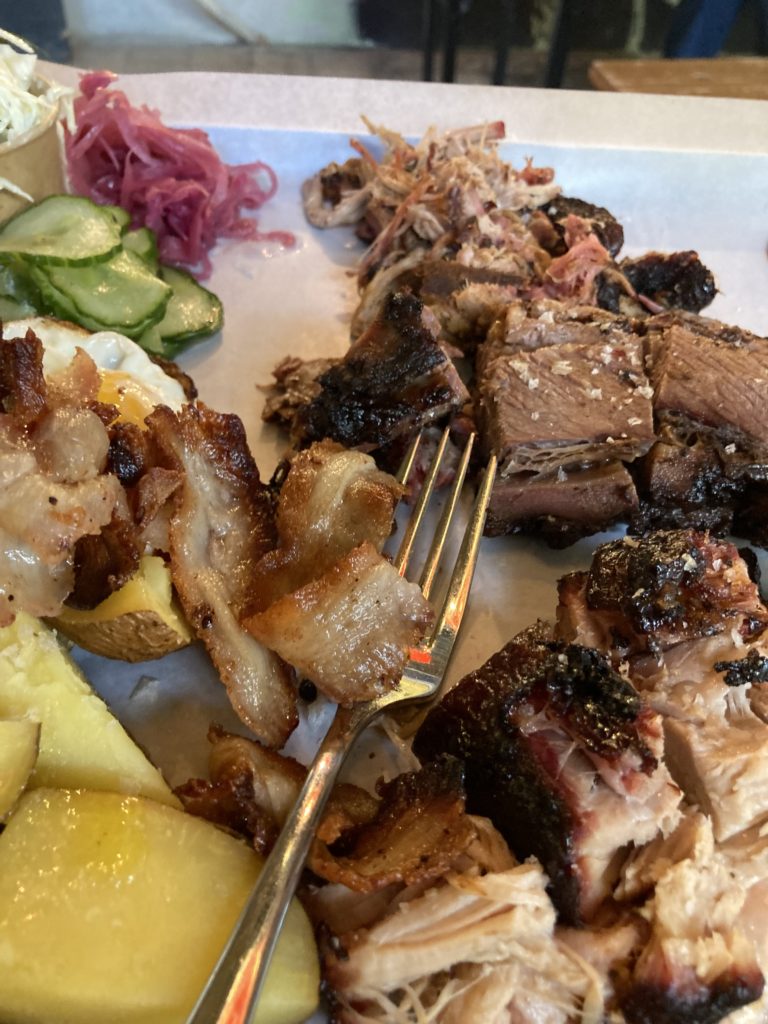
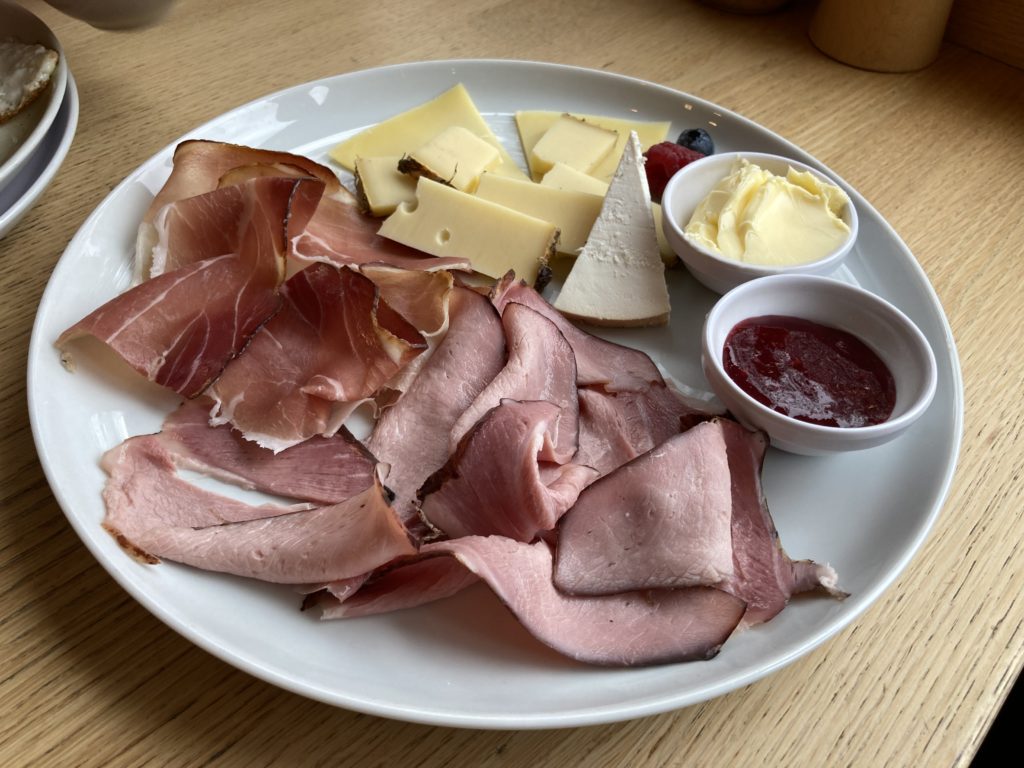
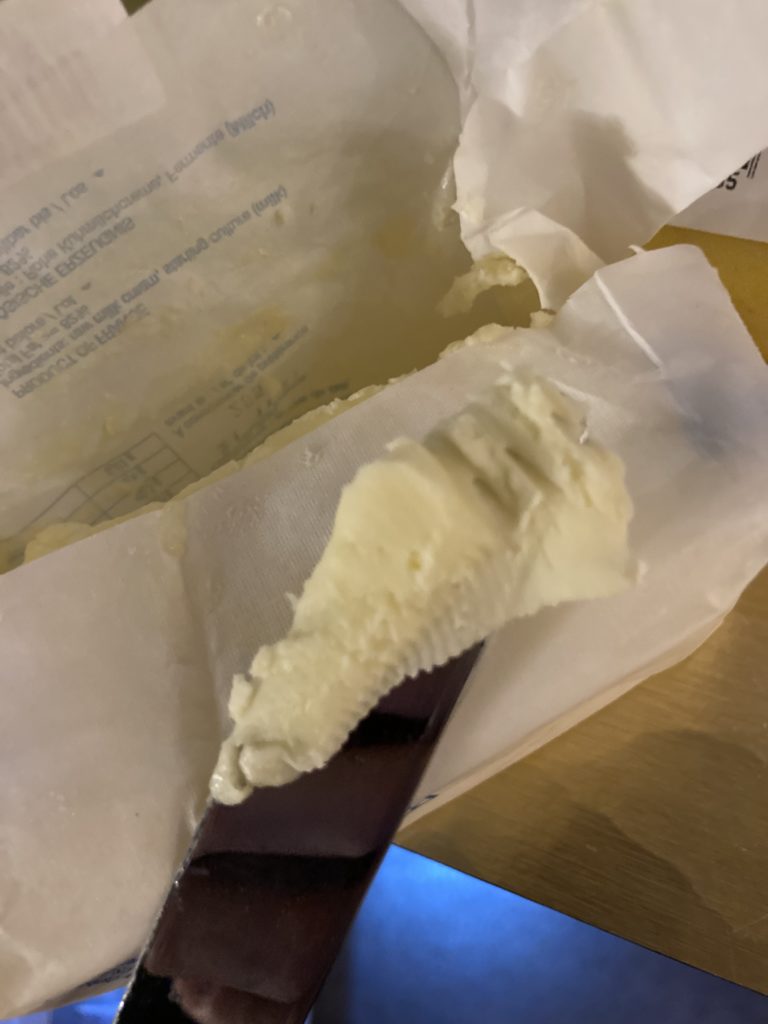
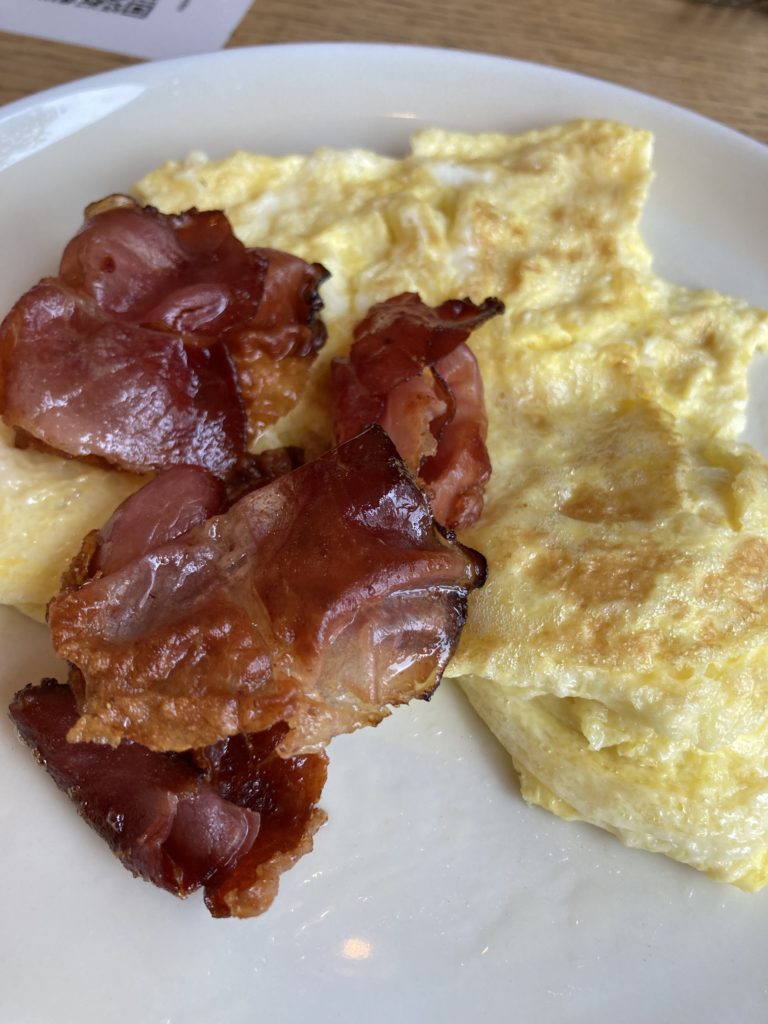

Working out and keto diet during traveling
If we have the time and the nature of the trip allows it, I like to exercise or go for an hour’s walk so that the level of insulin sensitivity and sugar balance remain as they were back home, assuming that the trip is a more sedentary kind of trip. If you are on your feet most of the day, you will probably cover large distances during the day anyway, and in that case, there is no need for additional training.
In conclusion
Just as we would not forget to pack a toothbrush, there is no reason why we should also forget to pack every tool necessary to maintain the way of eating which we are used to follow at home. All we have to remember is to prepare in advance a list of places where we can purchase the right ingredients for following our diet approach and pack all the food and equipment required for flight day.
The key word is planning in advance – I believe that when planning becomes part of our daily routine, things become “less stressful” and we are able take control over the food we put into the body and routine becomes easier.
I hope these tips will help you during your upcoming vacation and all that remains is to wish you an enjoyable trip!
*The information on this website is not intended to be a substitute for professional medical advice, diagnosis or treatment. The said information is intended for informational purposes only and stems from personal experience. The text is not intended to diagnose, treat or cure any specific disease or medical condition. Reviews and testimonials about nutrition, training and various health approaches represent individual experiences and what is stated on the site does not guarantee any results for your specific situation. Any choice of a specific way of eating or medical treatment according to a given situation should be made under the guidance of professionals qualified to do so.

